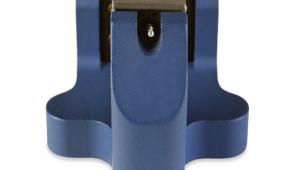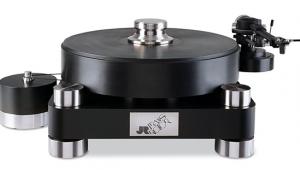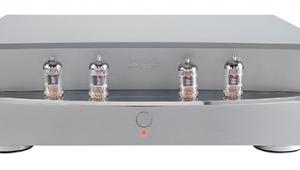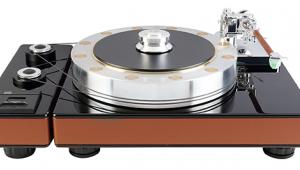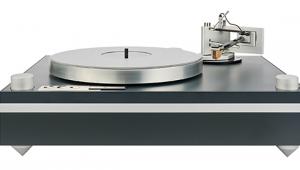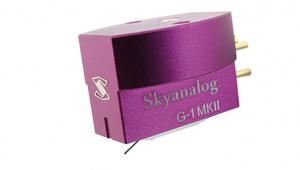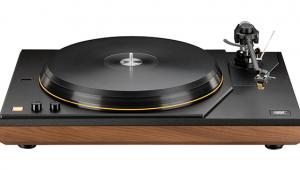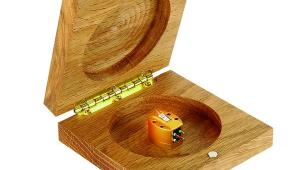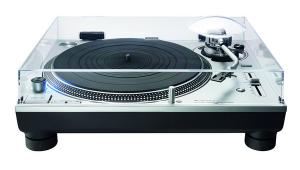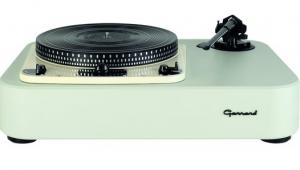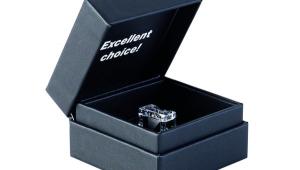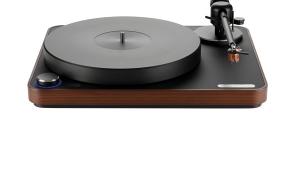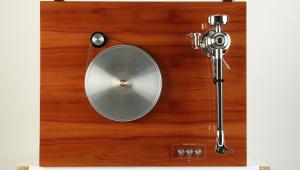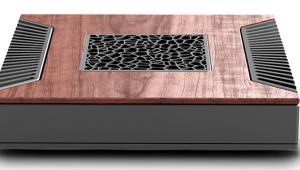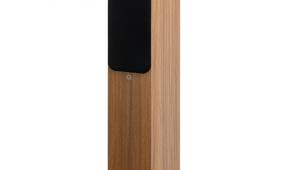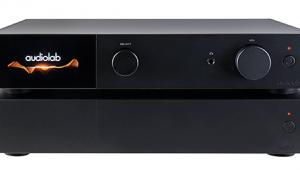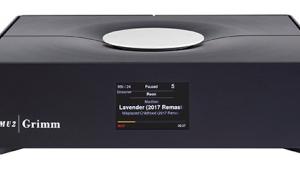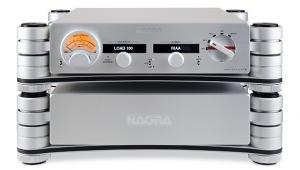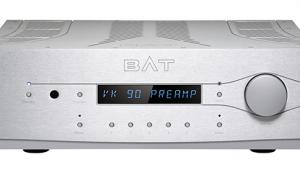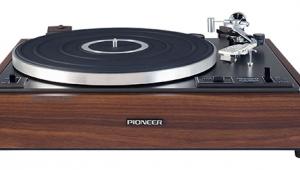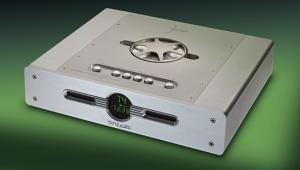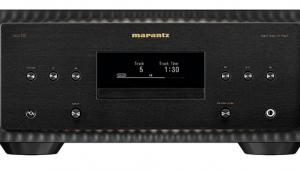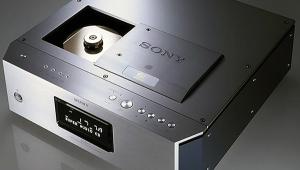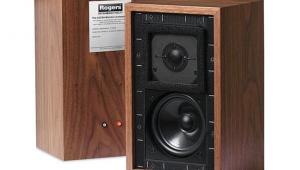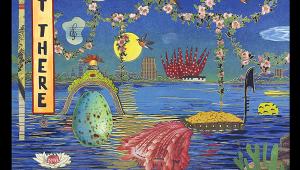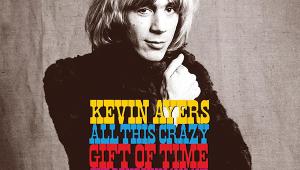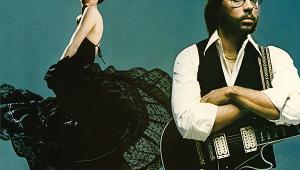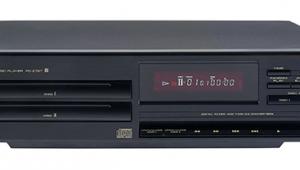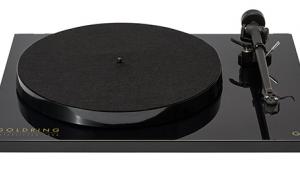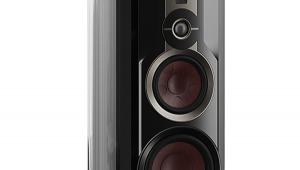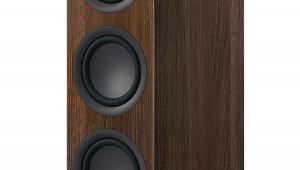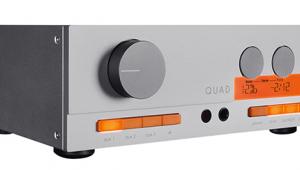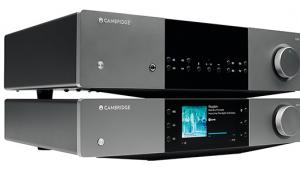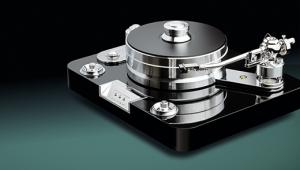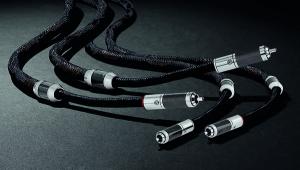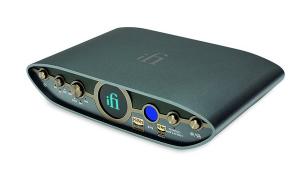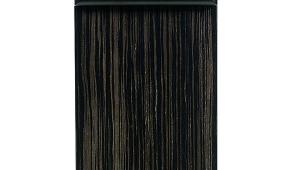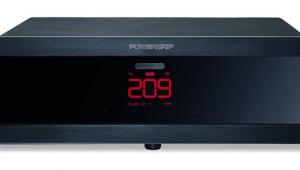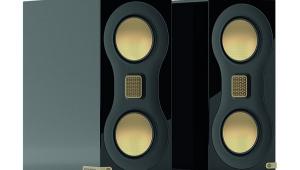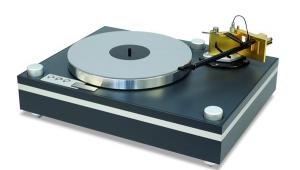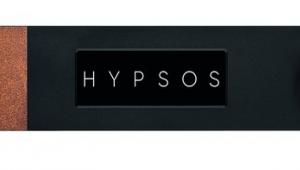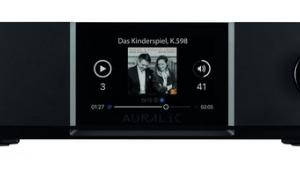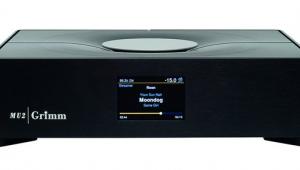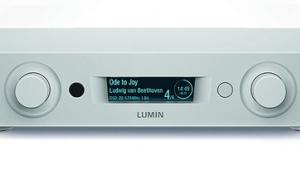DS Audio DS-E3 photo-electric pick-up
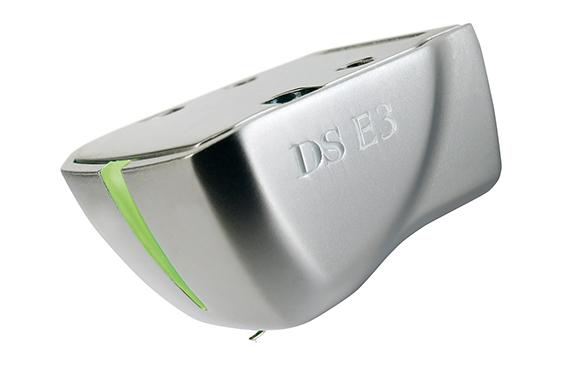

It’s hard to name a cartridge brand as prolific as DS Audio. It seems every time you turn around there’s a new model. Following a flurry of entries at the extreme top-end, including the Grand Master EX [HFN Oct ’23], DS Audio has returned with a new optical cartridge at entry level, an absolute cracker called the DS-E3 – and with no price increase over the DS-E1 [HFN May ’19] it replaces.
Pricing is crucial to the story, especially as companies including Soulnote [HFN Nov ’23], Uesugi and others have added DS Audio-compatible energiser inputs to their phono stages. For users with multiple cartridges – and many of us enjoy both MMs and MCs – the presence of a DS Audio energiser/equaliser in an all-singing-all-dancing phono amp from another brand makes the DS-E3 (like the DS-E1) even more attractive. Here’s why.
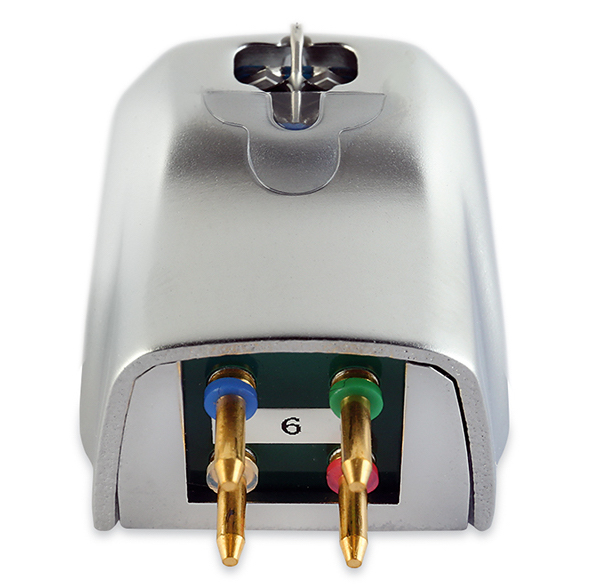
If you buy the DS-E3 cartridge/equaliser package, the price is £2295, which represents a £245 saving over buying them separately. The cartridge on its own is £1270, as is the equaliser. But if you own one of the outside makers’ compatible phono stages and you’re curious about optical cartridges, the entry fee to the DS Audio club is no more onerous than that of many top-end MC brands.
I’m stressing this now because DS Audio’s optical cartridges are among the few truly revolutionary high-end hi-fi products of the past decade or so. Many of you will be thrilled by them, especially if you are old enough to recall that a half-century ago, there were attempts at manufacturing photo-optical cartridges, but the concept was too early, awaiting low-temperature LEDs, etc. So when it comes to DS Audio’s cartridges, I’m hard-pressed to name something in hi-fi as controversial or exciting.
PM gets inside
In the decade-plus since DS Audio launched its first optical pick-up, designer Tetsuaki Aoyagi has constantly evolved the cartridge’s basic principle of operation [see PM's Lab Report]. The DS-E3 is now the most affordable pick-up to utilise the company’s third-generation mechanism, originally debuted in the Grand Master [HFN Feb ’21]. The green LED at the front of the pick-up is purely decorative, indicating ‘power on’, and mirrors the vertical LED indicator on the DS-E3 EQ’s sculpted alloy fascia .
The real action happens inside the cartridge where not one, but two, special narrow-beam LEDs are positioned under the stylus tip and in front of the cantilever fulcrum, their output deflected by an extremely fine beryllium plate connected to the cantilever. These light beams fall onto two photodiodes, each generating an electrical current that represents the left or right channel audio signal.
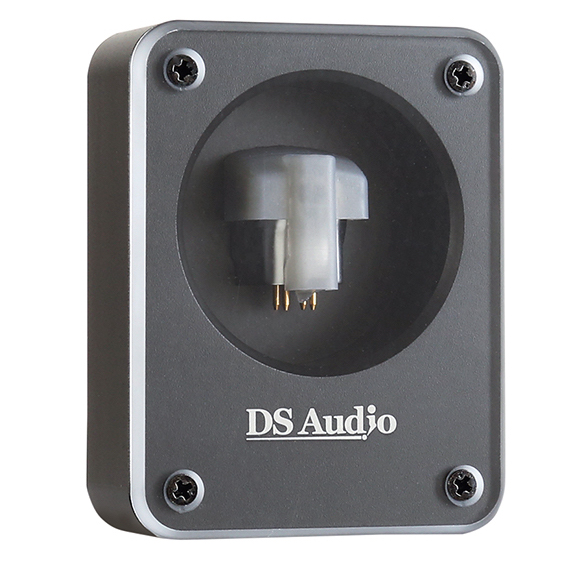
In this third-generation mechanism the moving mass of the stylus/cantilever/plate has been reduced, improving tracking and high frequency response, while the use of two (dual-mono) LED/photocells is claimed to improve stereo separation. New photodiodes have also upped the cartridge’s output level to ~70mV though, as this signal is fed directly into a proprietary equaliser, it’s only of indirect relevance.
Ken continues...
Every DS cartridge has its own energiser/equaliser, but they are all interchangeable. Of course, there’s certainly a difference between the DS-E3 energiser and the next, the DS-003 [HFN Oct ’21] at twice the price, up through the five-model equaliser range to the £42,200 Grand Master. However, I’d rather have a Grand Master EX cartridge working into the DS-E3 energiser – which I have tried – than the obverse, a DS-E3 cartridge into one of the £9000-plus energisers.
With the DS-E3 cartridge/energiser, it’s like looking at a Grand Master EX Mini-Me. That is not a backhanded compliment. I hate to jump the gun rather than leave you in suspense but at this point I must say what you’re getting today for £2295 is akin to what would have cost you £10,000 three years ago. Rarely have I seen such beneficial use of trickledown technology, and in such a short time.
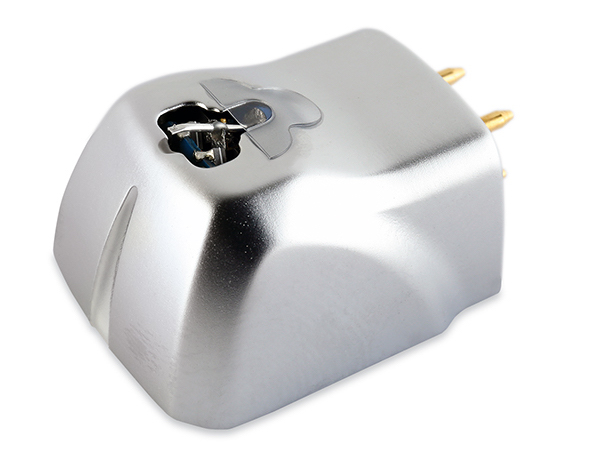
Before you even install it, the DS-E3 cartridge immediately calls attention to itself via the visuals which it shares with all the ‘Gen 3’ and Master models. This is the new, sculpted shape with vertical LED, as now applied to all six models in the catalogue. However, the body is made from aluminium, with a semi-matte finish which looks a bit like titanium, as opposed to the Grand Master EX’s highly polished gold/chrome look.
Model looks
As for DS Audio’s matching energiser, this is no longer a prosaic, rectangular box, with flat, unadorned front panel, like the DS-E1. Instead, it’s a miniature version of the higher end models, complete with its prominent, protruding curve and central on/off button. At the back are just sockets for input and output, and a switch that selects bass response – choose by ear because its effect is loudspeaker-dependent. The boost is quite audible, so attend to it with a favourite LP with prominent lower octaves [see PM's Lab Report].
Finally, while DS Audio’s costlier models boast exotic cantilevers and line-contact styli, in the DS-E3 the former is aluminium, the latter elliptical.
![]() Lighting the way
Lighting the way
Having now used at least six different DS Audio cartridges and energisers, I keep two permanently on-hand alongside a selection of MMs and MCs. If you are curious, and would like a general short-cut to ponder, one might say the ‘family sound’ of DS Audio’s optical cartridges falls somewhere inbetween the two dominant, coils-and-magnets technologies. Hence, if you mated a Koetsu Rosewood with a Decca Gold, a DS Audio cartridge would be the progeny. The DS-E3 bears out this theory and explains why I am predisposed toward them: if you like chocolate and you like oranges, you’ll like chocolate oranges.
It was the wide stereo of the track ‘Wipe Out’ on Lost Legends Of Surf Guitar Featuring The Impressions [Sundazed LP5622] which made me fire up my MM and MC soundstage yardsticks, respectively the Garrott Decca Gold and the Denon DL-103 [HFN Jul ’09], to confirm what I was hearing. DS Audio’s Master models have already shown me how wide and deep was the soundstage afforded by an increasingly more refined design. Since the introduction of the first Master model, it was impossible to detect any condensing of the perceived dimensions, so close are the DS Audio cartridges to those venerable, tried-and-tested classics.
Fast and fluid
This large, open dais allowed greater access to what are surprisingly good home recordings and impromptu live tracks more than 50 years old. The signature snap of Fender Jaguar transients, essential when reproducing the sound of a wild surf band, was crisp, rapid and yet had enough twang to exhibit that bizarre but necessary blend of attack and fluidity. DS Audio’s cartridge is quick – like Decca quick.
As the Impressions album is one of those raucous, play-it-loud affairs, next on the stack was the exceptional-sounding, unplugged, lean-as-filet-mignon Today! [Craft Recordings/Vanguard CR00744], Skip James’ magnificent 1966 recording from his later years, when rediscovered by the world at large. This is just James on acoustic guitar or piano, with added bass from Russ Savakus on one cut. So spare yet so rich-sounding is this album you’ll swiftly dismiss thoughts that mono would have sufficed. DS Audio’s new DS-E3 turned it into a room filler thanks to the life-like scale it reconstructs.
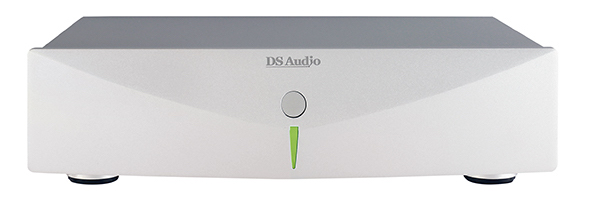
Despite the unplugged, acoustic nature, this set also raised the matter of the DS Audio bass ‘bump’, something which never bothered me after four decades of listening to LS3/5As. What this album asked of the cartridge was to reveal the full grandeur of a piano, but primarily the resonance of an acoustic guitar. In both cases, there was a weight to the sound which belied the use solely of unamplified instruments. I was driven to bang out some chords on the upright next to my desk for comparison, just to make sure it wasn’t wishful thinking.
Body building
Thank goodness, too, for stereo, as James’ guitar was positioned just off-centre enough to intimate the form of a real singer holding and playing it. Moreover, this LP was delivered with body and timbre as lifelike as the sound of Muddy Waters’ legendary audiophile favourite, the oft-reissued Folk Singer from 1964.
Arguably as impressive, given that James’ voice is as high as a castrato’s, was the super-clean midband. The noise floor via DS Audio pick-ups is so low that you can pretty much hear all of the minuscule aural clues, and as James’ voice lacks the force or textures of, say, Albert King or John Lee Hooker, the DS-E3 was asked to display finesse and delicacy. It succeeded, creating intimacy and realism.
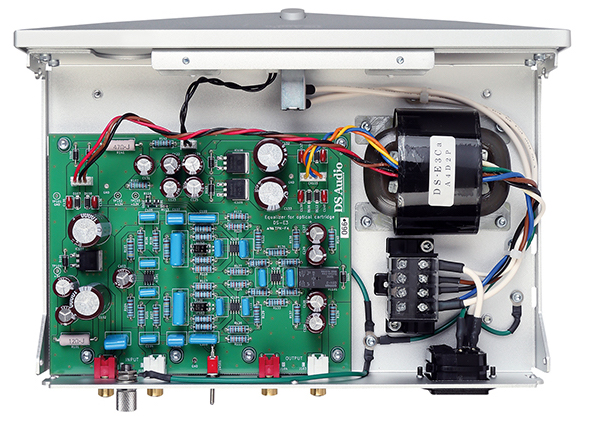
Coming up roses
This was one of those listening sessions where a guitarist could identify the brand of James’ strings, or a pianist the make of piano. While the latter itself yielded enough bass to further explore the two low-frequency EQ settings of the DS-E3 energiser, I countered it with Paul McCartney & Wings’ Red Rose Speedway [Capitol 02448 58324]. This was a no-brainer as all of McCartney’s albums are as bass-prioritised as a Charles Mingus record, and it presented an alternative to the gentler acoustic bass of the Skip James LP.
I have the half-speed-mastered edition Red Rose Speedway, released for 2023’s Record Store Day, which some might find controversial as half-speed mastering goes in and out of fashion. Yet from start to finish this LP has undeniable lower-octave mass and weight – no, make that substance – which challenges other releases. To what surely would be PM’s relief, the DS-E3 kept Macca’s bass on the right side of ‘fat’ or ‘overabundant’, the two EQ selections chosen according to the loudspeakers in use.
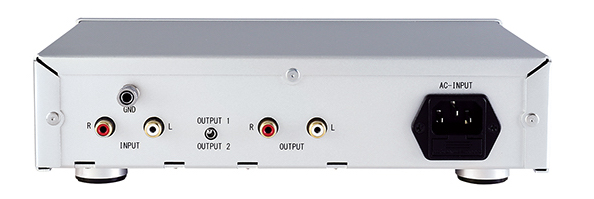
Closing the gap
What the DS-E3 has also acquired is a hint of needed dryness or control, making it easier to appreciate the ebb and flow of McCartney’s playing. This works hand-in-hand with even greater transparency, narrowing the difference between the entry-level cartridge in DS Audio’s lineup and its more expensive siblings. With this model, all six DS Audio pick-ups have now made the transition to ‘Gen 3’ – and not just in looks.
Hi-Fi News Verdict
DS Audio does it again! Its entry-level models always offered easy access to optical technology and superb sound but the DS-E3 extracts even greater overall refinement, tighter bass and other sonic gains. The pick-up and equaliser combined elevate this entry model to the standards of its mid-range of two years ago, which cost thrice the price. If you’ve been waiting to try a DS cartridge, wait no longer.
Sound Quality: 90%
